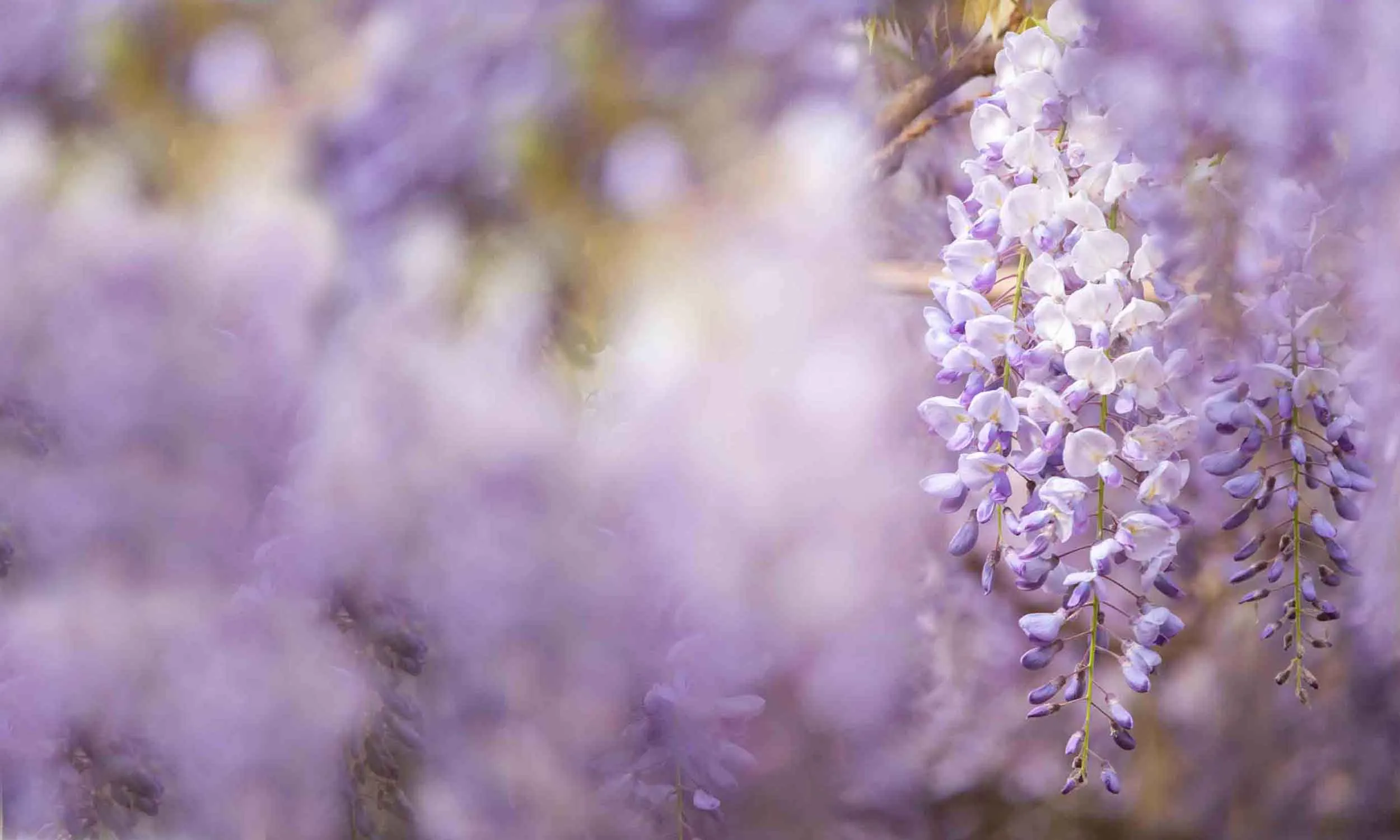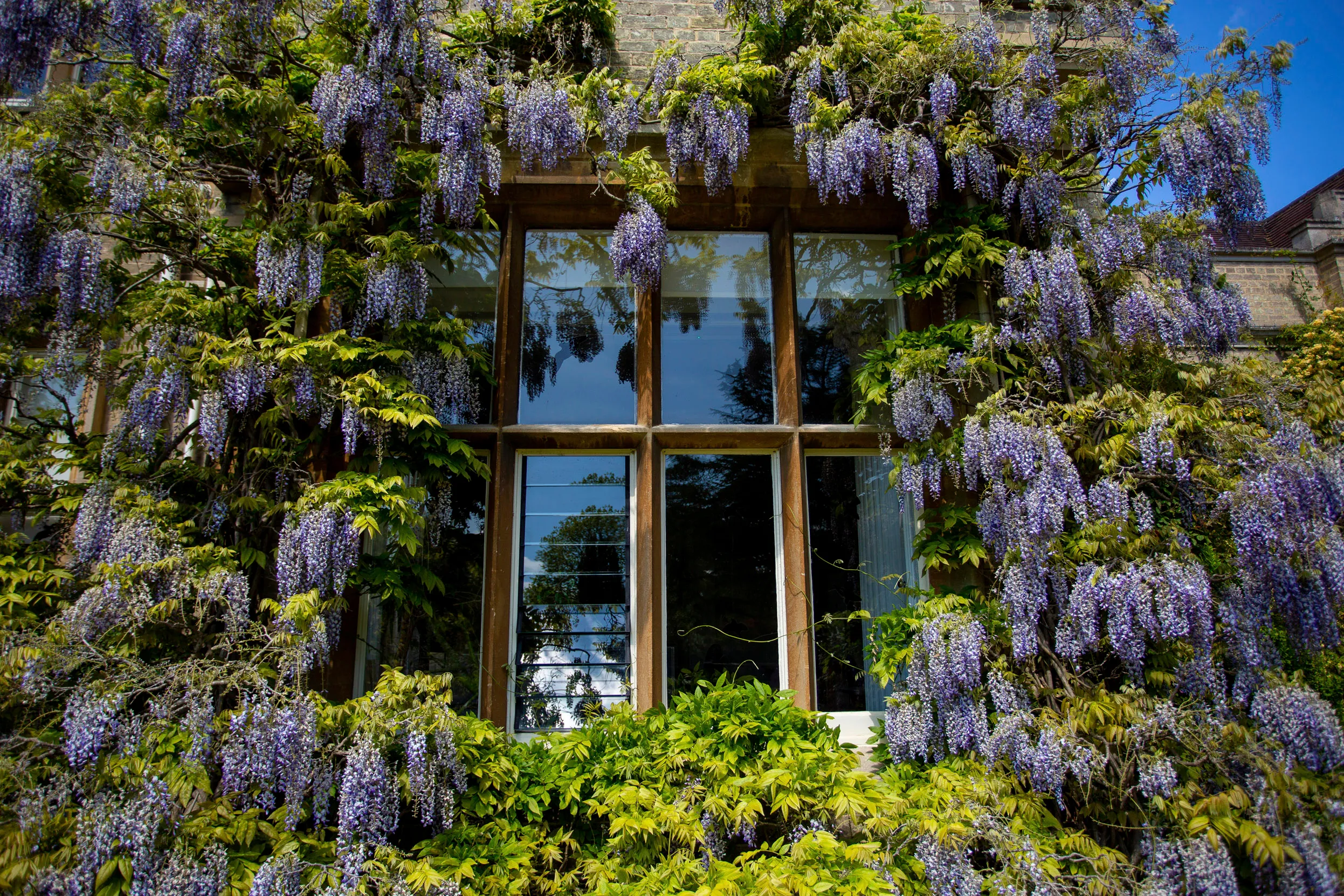Cloak your walls with climbing plants
Growing climbing plants is a brilliant and beautiful way of bringing life to vertical surfaces, like a wall, fence or pergola.

Wisteria and other climbers can give a beautiful burst of colour and fragrance to an outdoor space, as well acting as a source of food and shelter for birds and bees.
Climbers do exactly as their name suggests, scaling walls and covering fences, pergolas, sheds and trees with a thick layer of wildlife-friendly foliage.
Instructions
Select your spot
Identify where you have a bare, vertical surface and what conditions you're working with. Is it sunny or shady? Is it typically damp or dry? Could you plant it in the ground, or will it need a planter or pot?
Choose your plant
As with all gardening, choose the right plant for the right location. We've got some excellent recommendations for you here:
The best climbers for your house wall
If you can erect a support like a trellis, choose something like a wisteria or a climbing rose that can be tied to the framework. Wisterias like sunny positions, plenty of space and will need sturdy support and annual pruning. Climbing roses like sun or partial shade, with some coping with north-facing walls or other shady positions.
A self-clinging climber, like Boston Ivy, is suited to north and east-facing walls. It's vigorous, but its clinging pads are less damaging than ivy's aerial roots. Beware of ivy and the damage its aerial roots can do to brickwork, should you ever need to remove them. You may eventually need to do annual pruning to stop them from covering the roof or windows.

The best climbers for a garden wall or fence
Ivy grows better in the shade, but it's all-important autumn flowers bloom once it gets its 'head' into the sun.
If you can erect a trellis, try Common Jasmine or a passionflower. Trumpet Vine (Campsis radicans) is self-clinging and grows best against a sunny wall.
Avoid Mile-a-minute plant (Polygonum baldschuanicum), Votoneaster (Cotoneaster spp.), and Virginia Creeper (Parthenocissus quinquefolia), as these are invasive.
The best climbers for a pergola
A few clematis species are excellent for bees (look out for the glorious Clematis Rehderiana), hops are a food plant for the Comma Butterfly's caterpillars, and honeysuckles have beautiful flowers that offer nectar to Long-tongued Moths, plus berries for the birds.
